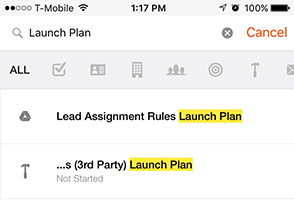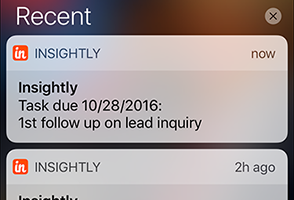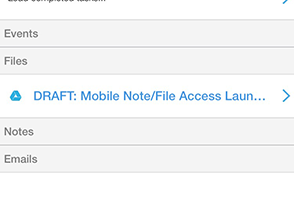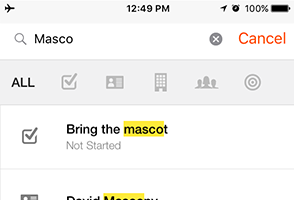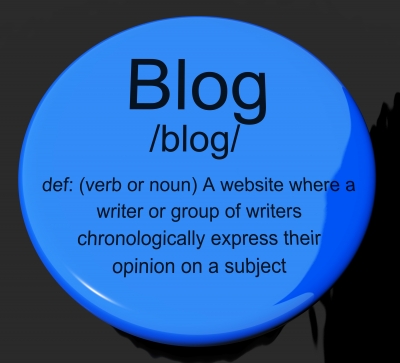
Every now and then a client who used to be great undergoes a drastic personality change. You wind up with a nightmare client on your hands. What can you do? Were there warning flags you missed? How can you get Dr. Jekyll back?
What Happened to the Affable Dr. Jekyll?
You landed a client and began working together, but the client is suddenly dodging calls or ignoring invoices. Your progress on the project has slowed to a crawl. Or worse, the client has made one extra demand after the other, causing the scope of the project to grow out of control. Suddenly, this seemingly normal, average client transforms into your nightmare. But was it really all that sudden a change? Is it too late to address the problem?
Was He Mr. Hyde All Along?
People have bad days. Sometimes emails come across unintentionally curt. It can be a mistake to brush off odd behavior from a potential client, especially if you’re excited about landing a sale or project. Take note of important red flags you must not ignore:
- Fired Others Before You — Your potential client mentions that others before you have been fired on the same project or that they have chosen not to pay others for their work.
- Freebies — The client wants something from you for free before you sign a contract. They say they’ve gotten freebies from other vendors and didn’t always hire them.
- Rate Negotiation — You provide your rates to the client and their first response is an attempt to negotiate lower rates.
- Multiple Contacts — Your emails get forwarded around before being answered or several people are CC’d into a message and all are responding to you.
- Avoids Phone Calls — Many people prefer to do business digitally. It’s quick and can be done almost anywhere. However, your clients should be available to you by phone, even if just once before entering an agreement with each other.
- Rude Emails — Some people have a naturally abrupt manner when corresponding online, but if your client consistently comes across rude, you may soon regret working with them.
- Scope Creep — Everything seemed black-and-white when your project began, but the client asks for more from you at every turn.
Can You Get Back Your Jekyll?
The answer to this one is a solid maybe. A few steps can be taken to avoid a problem client in the first place or address a current problem client.
- Interview Carefully — A 15-minute phone interview with a client before signing a contract can be invaluable to determining whether this is a person you really want to work with. Create a list of questions in advance that address your primary concerns.
- Create a Scope Of Work (S.O.W.) — When it comes time to discuss exactly what your client wants from you (and vice versa), figure out the details before you start working. Create a document listing exactly what you expect from each other. Both of you should sign it. If the client asks for extras, refer back to the S.O.W. If necessary, provide them with prices for anything extras.
- Avoid Hiring Potential Problems — Don’t hire clients who raise any red flags. It’s sometimes best to trust your gut instinct with potential clients, too, even if you can’t put your finger on what’s bugging you.
- Communicate Effectively — The answer to many problems can be clear communication. If your client seems to have an attitude via email, set up a phone call or video conference to discuss things. If you need to address their tone directly, do it respectfully.
When to Write Your Own “Dear Utterson”
Okay, nobody’s going to die, but you may need to ask yourself whether the relationship with the client is worth your while. If you do decide to fire a client, be sure to keep the process as classy as possible. Avoid the temptation to turn Hyde yourself and send a ranting, raving email about what a horrible client they are. Simply state your intent to sever the relationship and a concrete time frame for the end. Return any pre-payments for work you haven’t done. Do your best to get the project to a natural transition point, so it can be easily turned over to someone else for completion. Even if your client is a nightmare, always strive to leave them in a good place with the best possible impression of you.
At Insightly, we offer a CRM used by small and mid-sized businesses from a variety of verticals. Learn about Insightly’s features and plans on our pricing page or sign up for a free trial.




